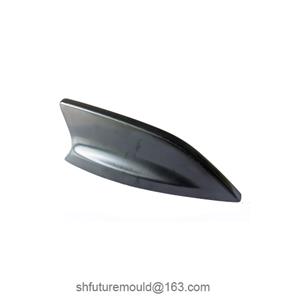What is the Injection Molding Cycle?
The injection molding cycle refers to the total time required to complete one cycle of injection molding. It starts from the closing of the mold, followed by injection, holding pressure, cooling, mold opening, and part ejection. This cycle time significantly impacts the efficiency and quality of the injection molding process.
The injection molding cycle typically consists of the following stages:
Mold Closing: The mold halves close, preparing for injection.
Injection: Molten plastic is injected from the injection machine's barrel into the mold cavity.
Holding Pressure: High pressure is maintained to ensure complete filling of the cavity and to compensate for shrinkage due to cooling.
Cooling: The plastic cools and solidifies within the mold.
Mold Opening: The mold halves open.
Part Ejection: The molded part is ejected from the mold.
Factors Affecting the Injection Molding Cycle
Plastic Material Properties: Different plastic materials, such as polyethylene (PE), polypropylene (PP), and polycarbonate (PC), have varying flow characteristics, thermal properties, and other attributes, which can affect the injection molding cycle.
Part Geometry and Size: The complexity and size of the part significantly influence the cycle time. Parts with complex shapes or varying wall thicknesses may require longer injection and cooling times.
Mold Design and Cooling System: The design of the mold and its cooling system directly impacts the cycle time.
Injection Molding Machine Performance: The injection pressure, injection speed, clamping force, and other performance parameters of the injection molding machine affect the cycle time. High-performance machines can complete injection, clamping, and other operations in less time, thereby reducing the cycle time.
- Injection Mold
- Automotive Injection Mold
- Electronics & Electrical Injection Mold
- Consumer Goods Injection Mold
- Airplane Components Injection Mold
- Medical Components Injection Mold
- Irrigation Components Injection Mold
- Injection Molds




